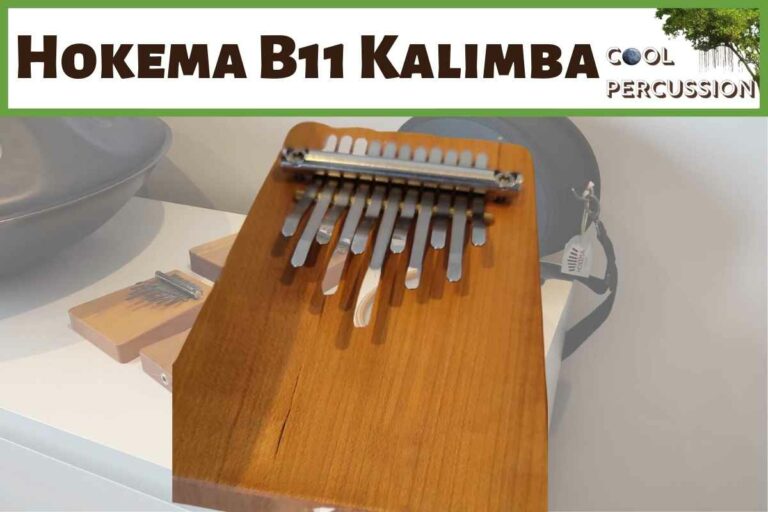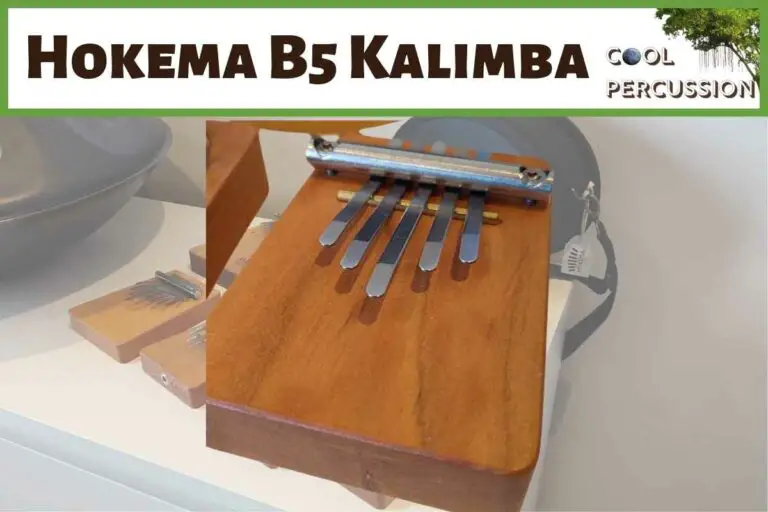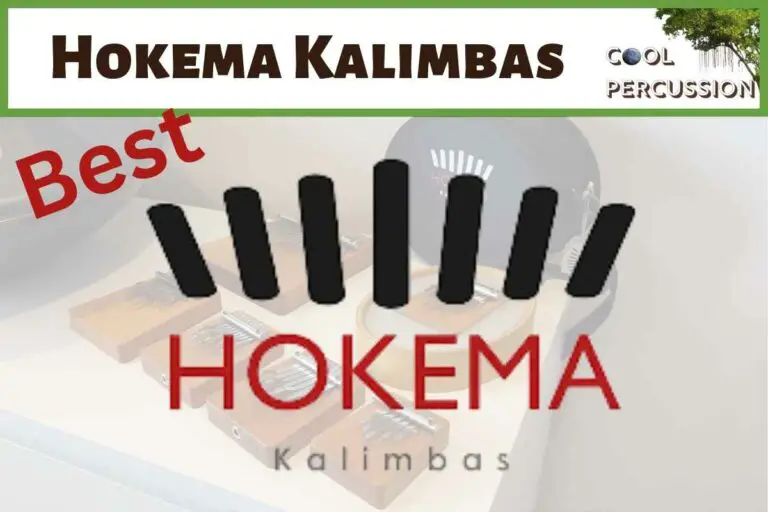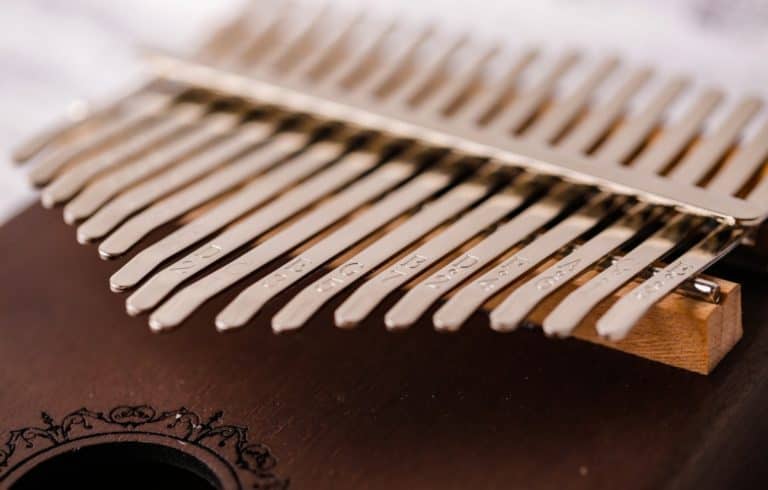Mbira vs Kalimba – The Differences
The Kalimba and Mbira are known as thumb pianos. Though they are similar, there are differences in them as well. The similarity comes from the Kalimba was created by being based on the Mbira.
Here’s a more in-depth look at the difference between a Kalimba VS the Mbira
The difference between an Mbira and Kalimba is firstly age, with the Kalimba being the child of the original Mbira. From there, building and tine material can differ and mainly the style of play and ultimately the sound.
So mainly we have differences in the Sound each produces and the material and parts. Read on for more info on why they differ.
Sound
Both belong to the lamellaphone branch of musical instruments.
Though Mbira and Kalimba are often used interchangeably by many players, they are not meant to be.
Universally both are understood by the rather informal thumb piano
Mbira
Mbira is translated into ancestors’ voices.
It originated in current-day Mozambique and Zimbabwe approximately 1,300-years ago. In the Shona language, Mbira means both the instrument and the beautiful music that the physical instrument generates when played.
With double-rows, the Mbira has 15-notes in no sensical order to the Western-world scale consisting of seven notes.

There are double rows of tines on the left that alternate from high to low, with the bottom row being an octave below the upper tines.
The right side is a single row and contains the highest-pitched tines.
The sounds that come out of the Mbira also consist of rhythmic buzzing described as vibrational quivers and rattles.
This is achieved with a machachara made of smaller objects that vibrate with the lower notes as they are plucked.
It adds complexity to the sound and adds to the ancestors” symbolic sound coming out of the music.
Kalimba
The Kalimba is a similar instrument wholly based on Mbira, just a more modern take. Created in the 1950s/1960s, the Kalimba is smaller and produces a sweeter sound than its bigger, deeper parent-instrument.
The Kalimba has single-rows of tines all the way across, which causes incredible variations in their playable scales. The Kalimba is based on and produces the typical Western seven-note scale.
It is easier for a player to create harmonies with themself on the Kalimba. Being a part of the seven-note scales means that every possible dual-note combination will make what is known as a diatonic interval.
Staying true to its parent instrument of the Mbira, the Kalimba also has a percussive element. A true Kalimba has two hols in the bottom of the sounding board that, when the player waves their fingers in and out of those holes, will produce a sound that sounds like a “waaaa-waaaa” effect.
Many Kalimbas have pieces over these holes to sound more like the Mbira to produce the same buzzing, vibrational, percussive effect.
Material and Parts
To produce such different tonal sounds, other materials and parts are involved in both these instruments. Let’s look at those specifics.
Mbira
The Mbira consists of a sounding board/box of hardwood with multiple flexible strips of bamboo, metal, wood, or another type of flexible material attached to it. These strips can be tuned and then plucked to produce sound.
Those flexible materials, known as tines, are flat and are narrow on end attached to the soundbox and wider down where they can be plucked. The block these tines go into is known as the gwariva.

The percussional vibrating parts of the Mbira are known as the machachara. The machachara is generally affixed to a metal strip that spans across the gwariva.
The most traditional material used to create it are loose bottle caps attached with wire ties. They can also be made of beads or metal loops strung across the gwariva on a metal wire.
All of the above pieces fit into a halved calabash gourd, dried, and hollowed out. There is a stick that goes from the calabash into the ground. This is known as a deze. Often the deze will have another machachara that will go all the way around it.
Kalimba
Smaller in size, the soundbox is also made of hardwood. The tines are made of metal or sometimes cane. There is no deze, and there are no real machacharas. Their length determines the pitch of the sound coming out of the tines.

The tines are attached to bars at both the top and the bottom of the soundbox. The upperside is held tightly to the soundbox, and the lower side is known as the bridge. Though both dowels have the tines to the box, the keys’ bottom is free and different lengths for different pitches.
That’s it: no gourd, no stick, just the Kalimba, and its parts. The Mira evolved to be better accepted in the Western world, better fit the music style, and be more easily transported.






